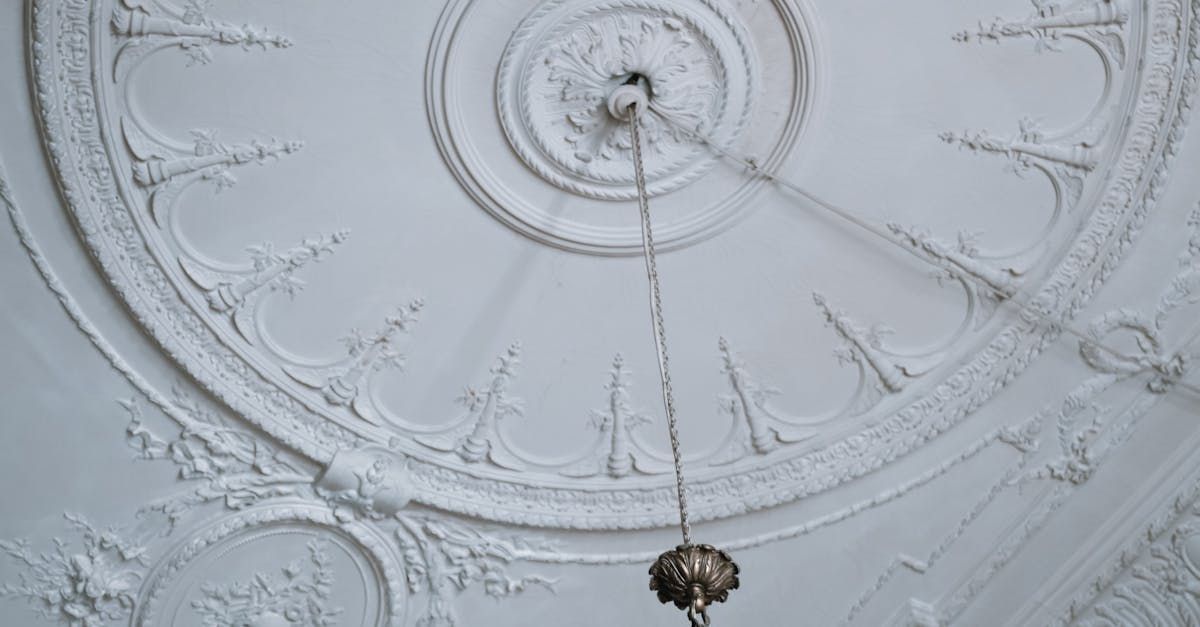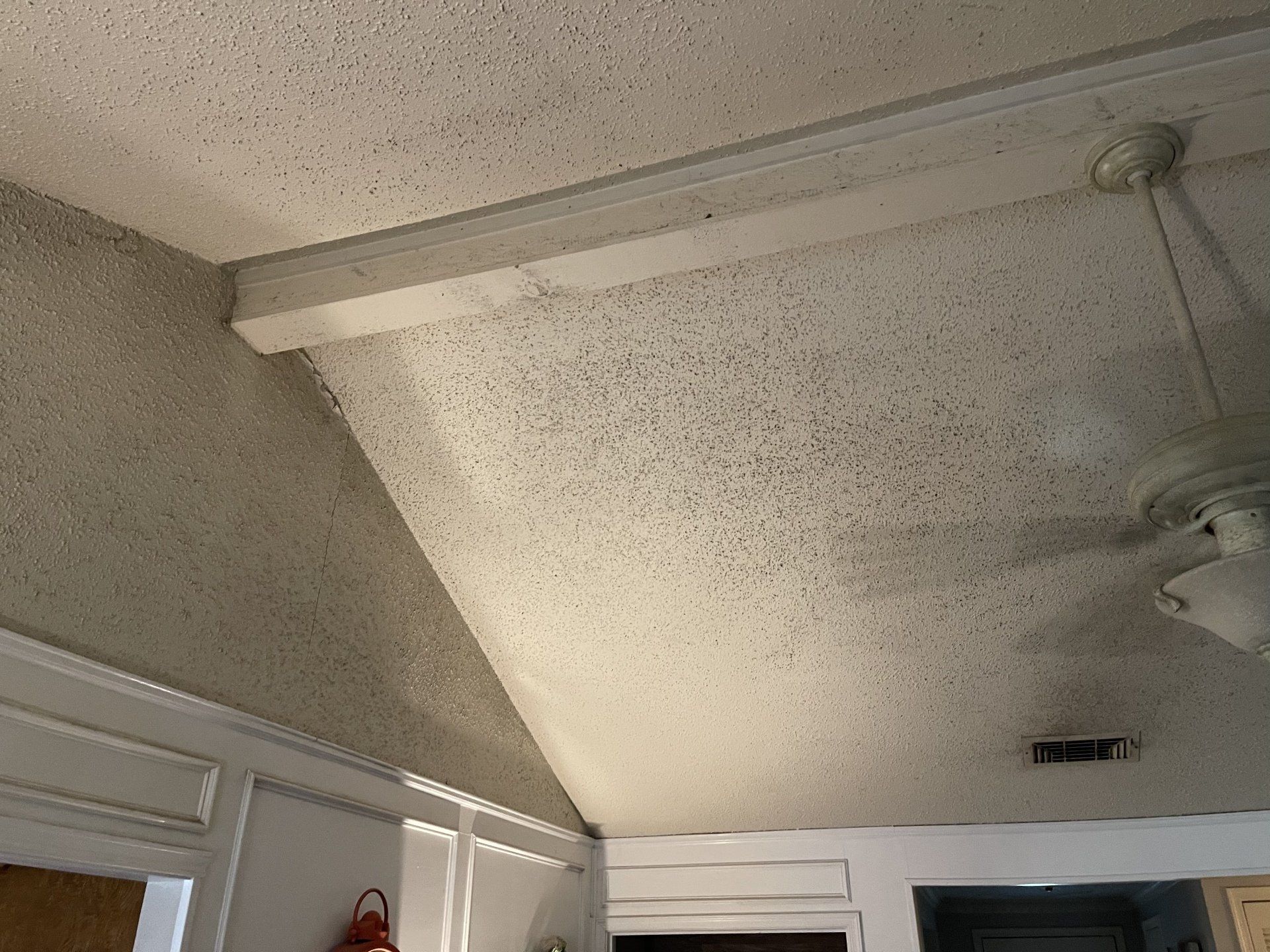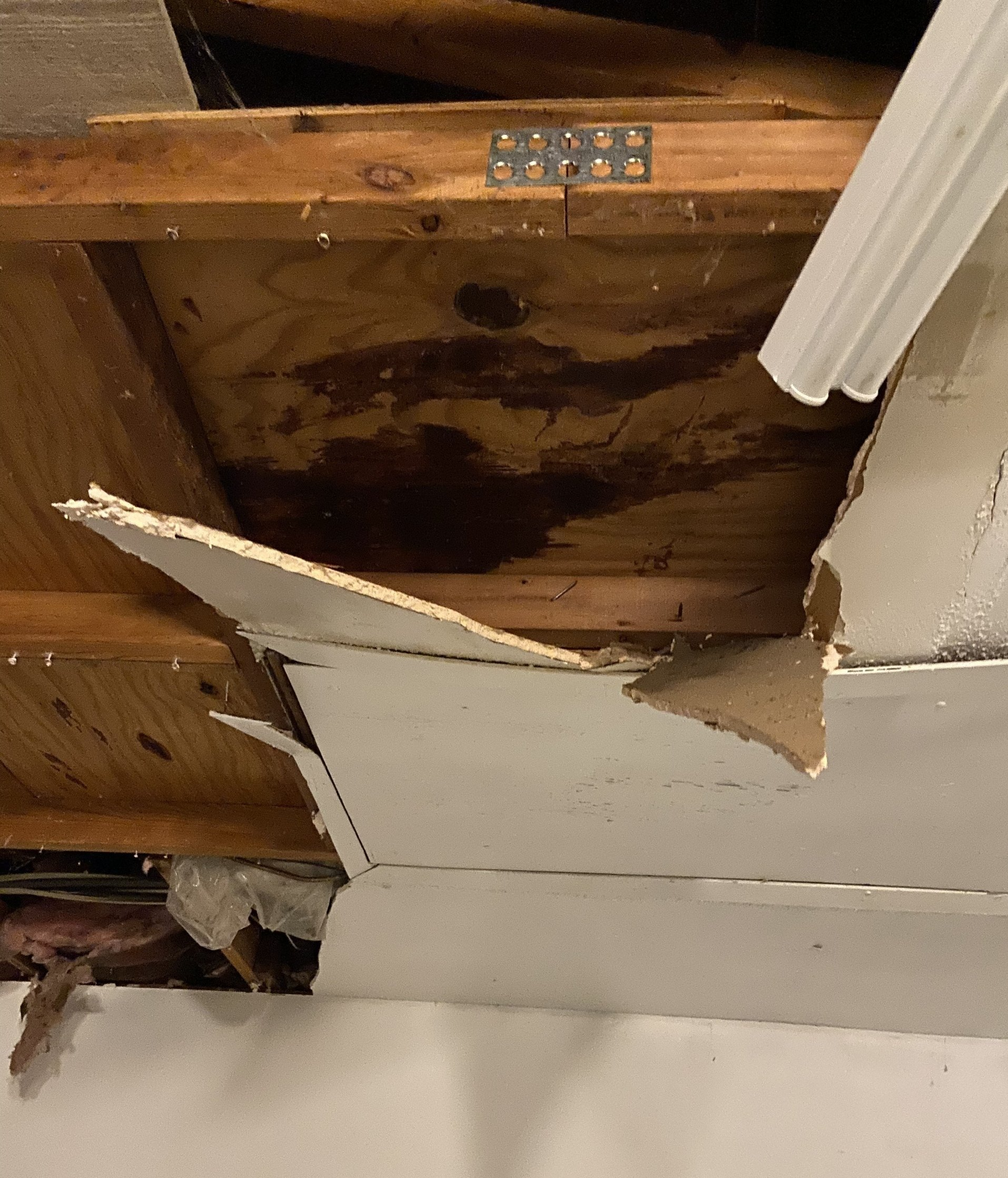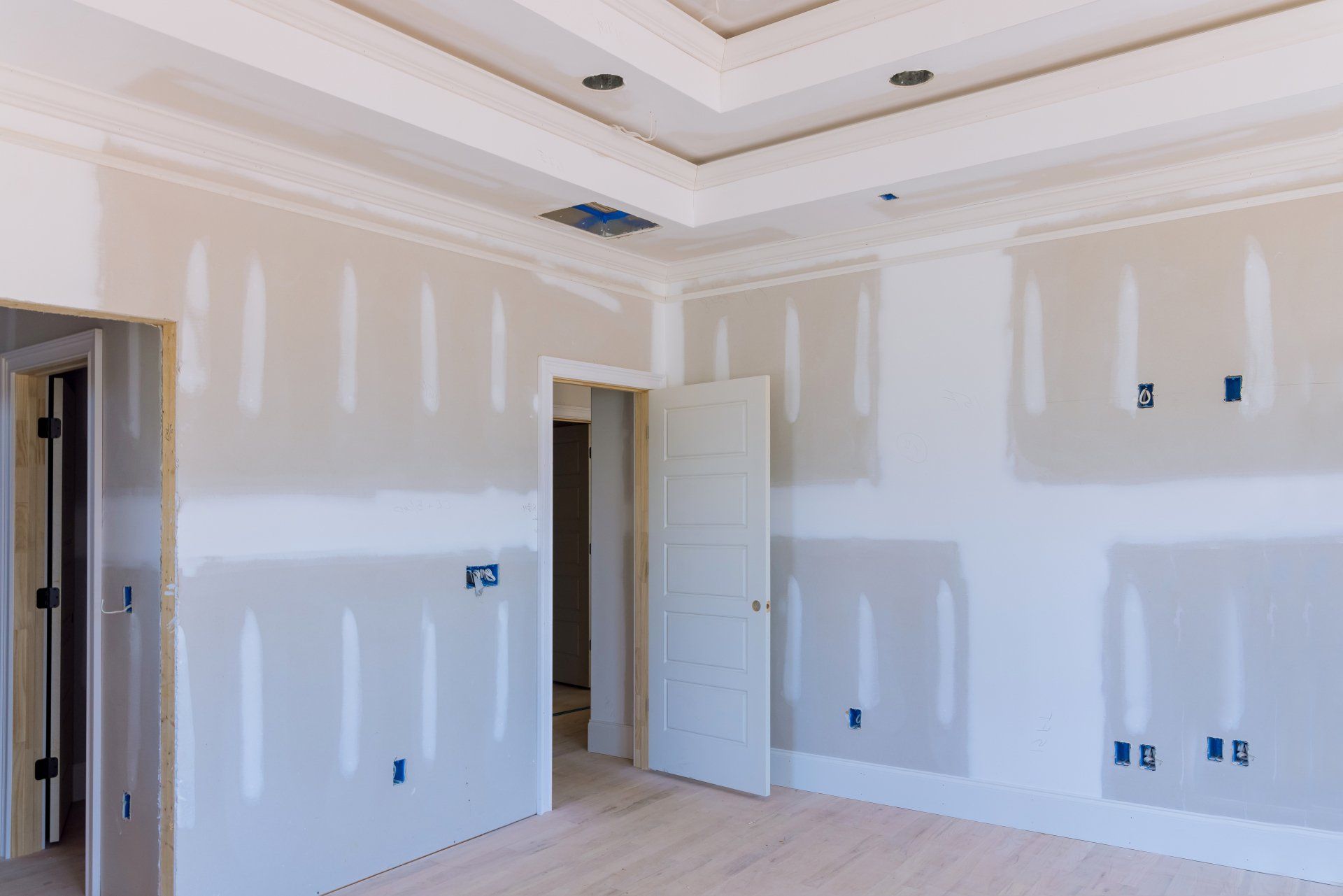Common Causes of Plaster Ceiling Damage and How to Prevent Them
Identifying and Preventing Common Plaster Ceiling Issues for Long-Lasting Durability
Plaster ceilings are a timeless feature in many homes, admired for their durability and classic aesthetic. However, like all building materials, they can suffer damage over time. Whether due to environmental factors, aging, or accidents, understanding the common causes of plaster ceiling damage and how to prevent them can save homeowners significant plaster ceiling repair costs. In this article, we'll explore the primary culprits behind plaster ceiling deterioration and provide practical tips for maintaining and protecting these elegant surfaces.

1. Moisture and Water Damage
One of the most common causes of damage to plaster ceilings is moisture. Water leaks from roofs, pipes, or HVAC systems can infiltrate plaster, causing stains, sagging, and even structural weakening. Over time, water can erode the bonding materials, leading to crumbling or falling plaster.
Prevention: Regularly inspect your roof and plumbing for leaks. Ensure that gutters and downspouts direct water away from the house. In bathrooms and kitchens, where humidity levels are higher, use exhaust fans to reduce moisture. Installing a moisture barrier in areas prone to leaks can also help protect your plaster ceiling.
2. Structural Movement and Settling
Homes naturally settle over time, and this movement can stress plaster ceilings, leading to cracks. This is particularly common in older homes, where the building materials may have experienced decades of settling.
Prevention: While you can't prevent natural settling, you can minimize its impact by ensuring your home's foundation is stable and well-maintained. Address any foundation issues promptly to prevent further movement. For existing cracks, consider hiring professional plaster ceiling repair contractors who specialize in stabilizing and restoring plaster ceilings.
3. Temperature and Humidity Fluctuations
Rapid changes in temperature and humidity can cause plaster to expand and contract, leading to cracks and delamination. This is especially true in climates with extreme seasonal variations or in homes with poor insulation.
Prevention: Maintain a consistent indoor temperature and humidity level. Use dehumidifiers in the summer and humidifiers in the winter to balance the indoor climate. Proper insulation in walls and attics can also help regulate indoor temperatures and protect plaster ceilings from sudden changes.
4. Aging and Wear
Over time, even the best-maintained plaster ceilings can show signs of aging. This can include minor cracks, surface wear, and loss of adhesion between layers of plaster. Old plaster ceiling repair often requires careful handling to preserve the ceiling's integrity and appearance.
Prevention:
Regular maintenance is key to prolonging the life of plaster ceilings. Inspect your ceilings regularly for signs of wear or damage and address minor issues before they escalate. When repairs are needed, it's best to consult with plaster ceiling repair contractors who have experience working with older plaster materials.
5. Impact Damage
Accidental impacts, such as moving furniture or a child's play, can cause dents, chips, or cracks in plaster ceilings. While minor, these damages can compromise the aesthetic and structural integrity of the ceiling.
Prevention: Take care when moving furniture or using ladders near plaster ceilings. Installing protective corner guards or railings can help prevent accidental impacts. For homes with textured plaster ceiling repair needs, matching the texture during repairs can be challenging, so it's often best to
hire a professional to ensure a seamless finish.
Understanding Plaster Ceiling Repair Costs
The cost of plaster ceiling repair can vary widely depending on the extent of the damage and the complexity of the repair. Factors influencing plaster ceiling repair cost include the size of the damaged area, the need for special finishes or textures, and the accessibility of the ceiling.
For small cracks or localized damage, a DIY approach might be sufficient and cost-effective. However, larger repairs, especially those involving structural issues or intricate designs, are best left to professional plaster ceiling repair contractors. The costs can range from a few hundred dollars for minor repairs to several thousand for extensive restoration work.
Additional Tips for Plaster Ceiling Maintenance
Beyond preventing the common causes of damage, there are other proactive steps homeowners can take to maintain their plaster ceilings. Regular dusting and cleaning can prevent dirt buildup, which can lead to discoloration and weaken the plaster over time. Using mild, non-abrasive cleaners is recommended to avoid damaging the finish.
It's also beneficial to keep an eye on changes in the ceiling's appearance. Small cracks or discolorations might seem insignificant, but they can be early warning signs of underlying issues. Addressing these problems early with a plaster ceiling repair can prevent more extensive and costly damage in the future.
Conclusion
Plaster ceilings add a touch of elegance and history to any home, but they require regular maintenance and care to remain in good condition. By understanding the common causes of plaster ceiling damage—such as moisture, structural movement, temperature fluctuations, aging, and impact—you can take proactive steps to prevent these issues and minimize repair costs.
Whether you're dealing with a simple crack or a more complex issue like textured plaster ceiling repair, addressing the problem promptly is crucial to preserving the beauty and functionality of your plaster ceiling. Investing in proper maintenance and
choosing skilled plaster ceiling repair contractors can ensure that your plaster ceilings continue to enhance your home's charm for many years to come. By staying vigilant and proactive, homeowners can enjoy the lasting beauty and durability of their plaster ceilings, preserving a piece of architectural history in their living spaces.



